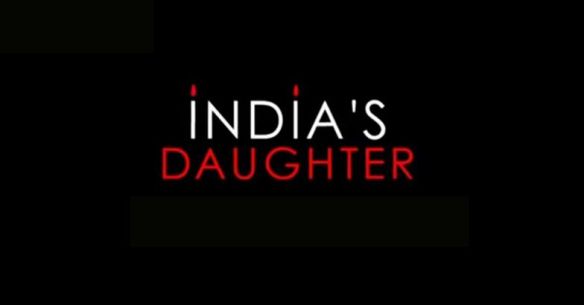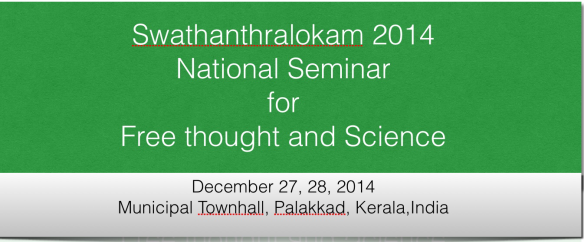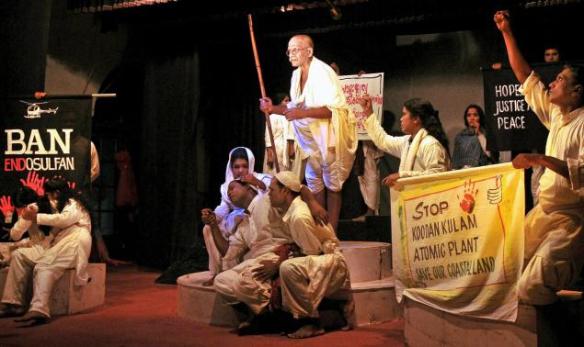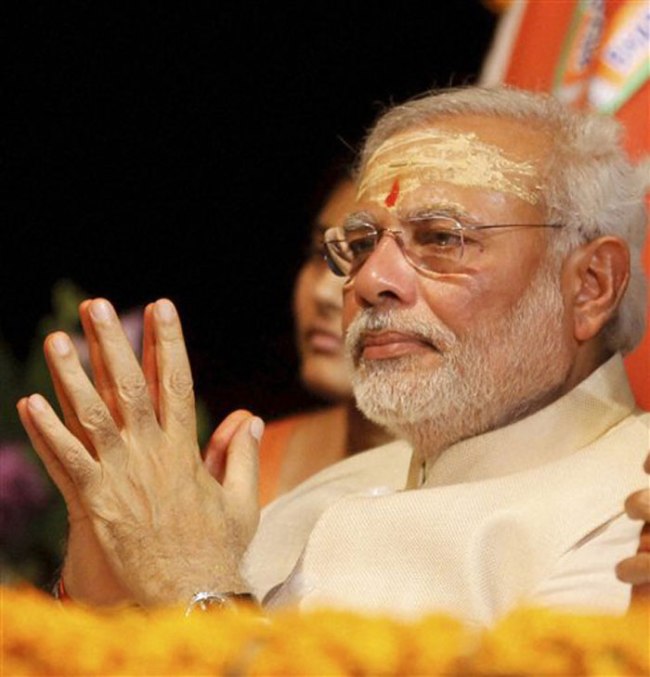(This article of mine was first published in the website of nirmukta.com and is being reproduced here with minor alterations )

In a modern day Democracy what one should eat or should not eat should be decided by the person concerned. Government should not interfere in it unless it is an endangered species. Religion of a person has no role in deciding what another person eats.
Sadly India it seems is walking backwards.
Bharatiya Janata Party Governments in many states are interfering more and more in what people should eat.
Maharashtra Government has extended the anti cow slaughter law to cover not only cows but also bulls and bullocks. Sale of these animals for slaughter is punishable with a jail term of up to 5 years and a fine of Rs 10000. Even the possession of meat of these animals is a crime now facing a jail term of one year. Haryana Govt has passed a more stringent law banning even the sale of packaged beef.
Actually protection laws for cows are nothing new. Up to 24 of the total 29 states have some kind of cow protection laws already in place.
Uttar Pradesh, Tamil Nadu, Rajasthan, Punjab, Odisha, Puducherry, Madhya Pradesh, Karnataka, Jammu & Kashmir, Himachal Pradesh, Gujarat, Delhi, Bihar and Andhra Pradesh all have bans on cow slaughter but not on bulls.
Daman & Diu and Goa permit slaughter of those cows which are old or sick, or for medical purposes. Other states such as West Bengal allow slaughter of all cattle but require a ‘fit for slaughter’ certificate.
Bulls and bullocks, and buffaloes are permitted to be sold and eaten in most states even where cow slaughter is banned. But some states—Rajasthan, Punjab, J&K and Himachal Pradesh—have more stringent laws that ban the slaughter of all cattle.
Why the cow and its progeny are singled out for special protection laws ?
If you ask any Indian, the answer will be in our culture going back to Vedic period,it is a sacred animal. Cow and it’s progeny should never be killed but has to be worshipped.
The father of the nation, Mahatma Gandhi said:
“Cow protection is the gift of Hinduism to the world. And Hinduism will live so long as there are Hindus to protect the cow…… Hindus will be judged not by their TILAKS, not by the correct chanting of MANTRAS, not by their pilgrimages, not by their most punctilious observances of caste rules, but their ability to protect the cow”. (YI, 6-10-1921, p. 36)
This message of Cow worship and sacredness being the basic values of Hinduism are proclaimed so loudly day in and day out by leaders of Hindutva movement all over the country that it became an indisputable truth. The Sangh propaganda made every one in India believe that cow slaughter began here only after invasion of Muslim rulers.
Even the Wikipedia page on Cattle slaughter in India says “Cow slaughter became prominent in India in the medieval age after 1000 AD, when parts of India was invaded by various Islamic rulers”
Is this the truth? Was Cow slaughter the cardinal sin through out the history of Hinduism ? Was Cow and its progeny never killed in ancient India ?
I decided to inquire..
Archaeological data
Evidences from excavations done in Pune, Kurukshetra ,Haridwar , Gorakhpur and many other places show that cattle ( Bos indicus) meat was part of the diet of ancient Indians during Vedic period. Charred bones with tool marks prove it.
Here is an excerpt from Indian Archeology -1973-74 A review published by Archeology Society of India :
Evidence regarding dietary habits of the people, as revealed by bones recovered from the excavation, deserves special mention. Nearly eighty per cent of the animal bones come from VBA-I while the remaining from VBA-II. It was seen that while only cattle bones have been recovered from the latter, the former yielded bones of both cattle and goat. The collection consists of fragments of long bone, ribs and vertebrals and some molars. It was observed that animal bones were confined to the early phase, the later phases being free from such remains. This change could be linked with the establishment of Structures 1 and 2 which may thus represent remains of temples. Probably the present emphasis on vegetarianism in Rishikesh-Hardwar could be traced back to circa sixth century A.D
Vedic Literature
This verse from Rig Veda clearly indicate cattle were killed as sacrifice during that time.
“”Where was the vengeful dart when thou, O Indra, clavest the demon ever beat on outrage?
When fiends lay there upon the ground extended like cattle in the place of immolation?” Rig Veda 10 – 89 -14
Indra , the primary God of Rig Veda was very found of meat of cow’s progeny, the bull.
See the following 2 verses from 86th hymn of 10th mandala
“Wealthy Vrsakapayi, blest with sons and consorts of thy sons,
Indra will eat thy bulls, thy dear oblation that effecteth much. Supreme is Indra over all.
Fifteen in number, then, for me a score of bullocks they prepare,
And I devour the fat thereof: they fill my belly full with food. Supreme is Indra over all”
Rig Veda 10-86-13 and 10-86-14
Brahmanas also give ample evidence for eating of beef by Brahmans.
In Sathapada Brahmana sage Yajnavalkya is found to be saying he likes tender beef.
Brihadaranyak Upanishad is advising a dish similar to modern day beef biriyani to be eaten by a couple to give birth to a smart son.
“If a man wishes that a son should be born to him who will be a famous scholar, frequenting assemblies and speaking delightful words, a student of all the Vedas and an enjoyer of the full term of life, he should have rice cooked with the meat of a young bull or of one more advanced in years and he and his wife should eat it with clarified butter. Then they should be able to beget such a son.”
Brihadaranyak Upanishad 6/4/18
Evidences from epics
Ramayana
Meat eating has been described in several places in the epic Ramayana. In many instances it involved sacrificing cows and eating it.
Having arrived at the middle of Yamuna river, Sita offered salutation to the river and prayed as follows:
“Oh, goddess of Yamuna! Adieu! I am crossing you! May my husband complete his vow! When Rama safely comes back again towards the city of Ayodhya, ruled by Ikshvaku kings I shall propitiate you by offering a thousand cows and a hundred drinking vessels.” Ramayana 2-55 19/20
Was this offering of cows to river Yamuna meant sacrificing it ? See what Sita offered to river Ganga few verses before.
“Oh, goddess! After reaching back the city of Ayodhya, I shall worship you with thousand pots of spirituous liquor and jellied meat with cooked rice well prepared for the solemn rite.“ Ramayana 2-52-89
Mahabharata
Verses from the Mahabharata also indicates it slaughtering cows was not a big sin.
Actually King Rantideva is seen being praised for it.
” And in days of yore, O Brahmana, two thousand animals used to be killed every day in the kitchen of king Rantideva; and in the same manner two thousand cows were killed every day; and, O best of regenerate beings, king Rantideva acquired unrivalled reputation by distributing food with meat every day. For the performance of the fourmonthly rites animals ought to be sacrificed daily. ‘The sacred fire is fond of animal food,’ this saying has come down to us. And at sacrifices animals are invariably killed by regenerate Brahmanas, and these animals being purged of sin, by incantation of hymns, go to heaven. If, O Brahmana, the sacred fire had not been so fond of animal food in ancient times, it could never have become the food of any one. And in this matter of animal food, this rule has been laid down by Munis:–Whoever partakes of animal food after having first offered it duly and respectfully to the gods and the manes, is not polluted by the act. Mahabharata Vana Parva 207
Meat of cow had a superior status when offered during Sraddha ceremony performed to pay homage to ancestors.
See what Bhishma is saying here.
With fishes offered at Sraddhas, the Pitris remain gratified for a period of two months. With mutton they remain gratified for three months and with the flesh of the hare for four. With the flesh of the goat, O king, they remain gratified for five months, with bacon for six months, and with the flesh of birds for seven. With venison obtained from those deer that are called Prishata, they remain gratified for eight months, and with that obtained from the Ruru for nine months, and with the meat of the Gavaya for ten months. With the meat of the buffalo their gratification lasts for eleven months. With beef presented at the Sraddha, their gratification, it is said, lasts for a full year. Mahabharata Anusasana Parva 88
Manu Smrithi
Though there is advice not to eat camels, mushrooms, garlic and onions , cow is not included in that list in Manu Smrithi, indicating it was not a banned food.
The porcupine, the hedgehog, the iguana, the rhinoceros, the tortoise, and the hare they declare to be eatable; likewise those (domestic animals) that have teeth in one jaw only, excepting camels. [v.5.18.]
A twice-born man who knowingly eats mushrooms, a village-pig, garlic, a village-cock, onions, or leeks, will become an outcast. [v.5.19.
There is also advice to Brahmans not to refuse meat offered as sacrifice.
But a man who, being duly engaged (to officiate or to dine at a sacred rite), refuses to eat meat, becomes after death an animal during twenty-one existences. [v.5.35.]
Ayurveda
In Ayurvedic samhithas beef has been mentioned several times as part of therapeutic diet. Charaka samhitha talks about cow meat like this.
“These animals are heavy, hot and sweet. They promote strength and development. They are aphrodisiac. They alleviate vatha. They are useful for people who exercise regularly and have strong digestive power.
It’s useful in chronic rhinitis, intermittent fevers, dry cough, fatigue, excess agni and wasting of muscles .
Now let us see what Swami Vivekananda had to say about cow slaughter in ancient India.
“ There was a time in this very India when, without eating beef, no Brahmin could remain a Brahmin; you read in the Vedas how, when a Sannyasin, a king, or a great man came into a house, the best bullock was killed “.
In short though cow and its progeny did have a higher position among animals during ancient India it did not mean it was not killed and eaten. Beef was considered to be a special dish. Sacrificing a cow when a special guest comes home was the rule. Also in yagnas and Sraddhas killing a cow was considered as a higher sacrifice than killing other animals. Cow protection was not a gift of Vedic Hinduism to the world. Cow slaughter in India did not begin with invaders professing other religions.
A Hindu who consider Vedas as sacred have no reason to get offended if beef is eaten in India. A Hindu who consider Ramayana and Mahabharatha as part of Indian culture should be able to accept beef eating also as an integral part of it.
As I have shown the movement to protect cow and make it a sacred symbol have nothing to do with religion as such. It’s a political movement to bring division in society so as to divide and rule. Laws that criminalize killing of cows or eating beef is a blot on secular polity of India.
References:
1. The Myth of the Holy Cow – D.N.Jha
2. Source of Vivekananda’s quotes
3. Beef eating in Ancient India
Malayalam version of this article was published in Yukthiyugam , April 2015 issue.










